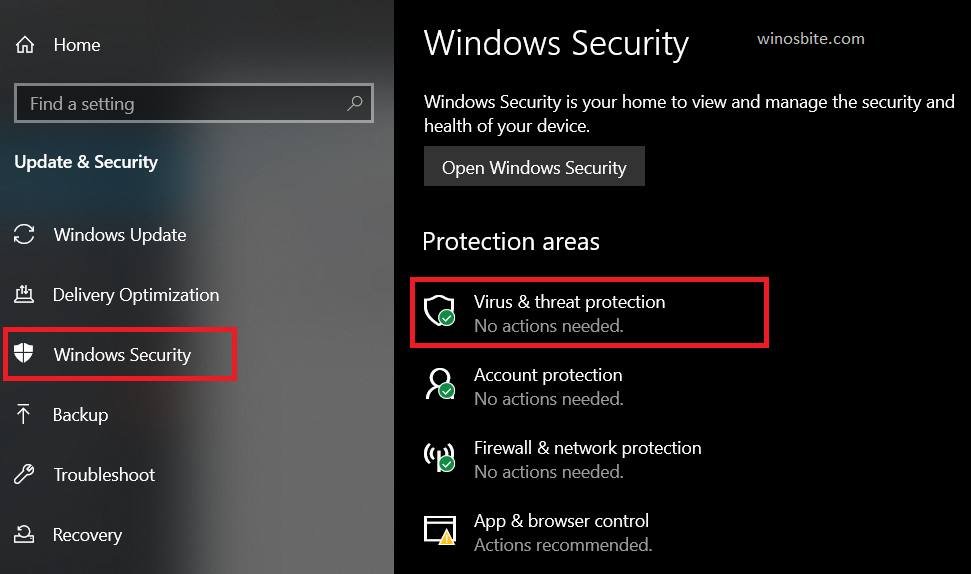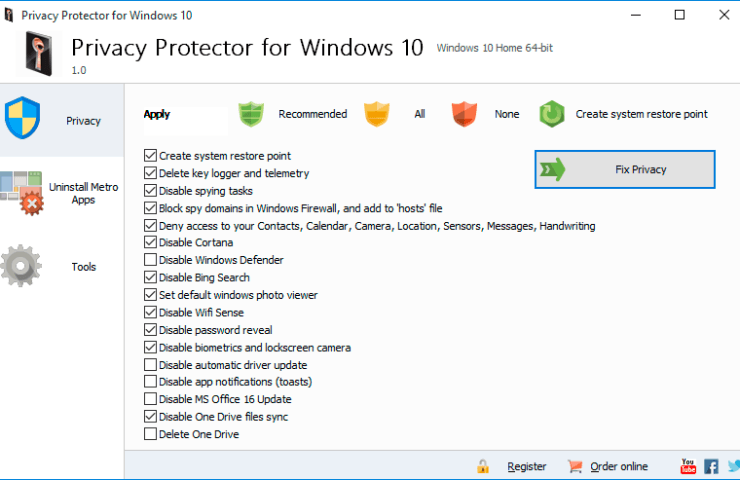
Note that scheduled scans will continue to run.
Disable software protection windows 10 windows#
Select the Windows Security app from the search results, go to Virus & threat protection, and under Virus & threat protection settings select Manage settings. Would you like to enable Windows File Protection now? This will enable Windows File Protection until the next system restart.” Choosing “ Yes” will reactivate Windows File Protection and the message will appear at every login until “ SFCDisable” is set to “ 0” again. Select Start and type 'Windows Security' to search for that app. You may receive a message at startup that says “ Windows File Protection is not active on this system.

Disable software protection windows 10 windows 10#
On the Supported Platforms screen, select the Windows 10 box, and then select Next. In the Specify the type of configuration item you want to create area, select Windows 10 or later for devices managed with the Configuration Manager client, and then select Next. On the General Information screen, type a name (required) and an optional description for your policy into the Name and Description boxes. The Create Configuration Item Wizard starts. Select the Create Configuration Item button. Open the Configuration Manager console, select the Assets and Compliance node, expand the Overview node, expand the Compliance Settings node, and then expand the Configuration Items node. To disable WIP for your organization, first create a configuration item. To remove WIP from your managed devices, follow the steps in this section to create a new policy to turn off WIP. If you delete the old policy, Configuration Manager stops sending further WIP policy updates, but also leaves WIP enforced on the devices. Then deploy the new policy, and move devices into the new collection.ĭon't just delete your existing WIP policy. Configure that new object for your environment to match the existing policy, except for disabling WIP. To disable Windows Information Protection (WIP) using Configuration Manager, create a new configuration item that turns off WIP. Stop local encryption keys from being revoked from a device during unenrollment. Revokes local encryption keys from a device during unenrollment. If the encryption keys are revoked, a user no longer has access to encrypted corporate data. Revoke local encryption keys during the unenrollment processĭetermine whether to revoke a user's local encryption keys from a device when it's unenrolled from Windows Information Protection. This process slowly migrates devices instead of all at once. Move devices from the existing group to the new group. You then can stage the transition to this disabled state. You can create a separate disable policy for WIP (both enrolled and unenrolled) and deploy that to a new group.


New versions of Windows won't include new capabilities for WIP, and it won't be supported in future versions of Windows. Microsoft will continue to support WIP on supported versions of Windows. Starting in July 2022, Microsoft is deprecating Windows Information Protection (WIP).


 0 kommentar(er)
0 kommentar(er)
